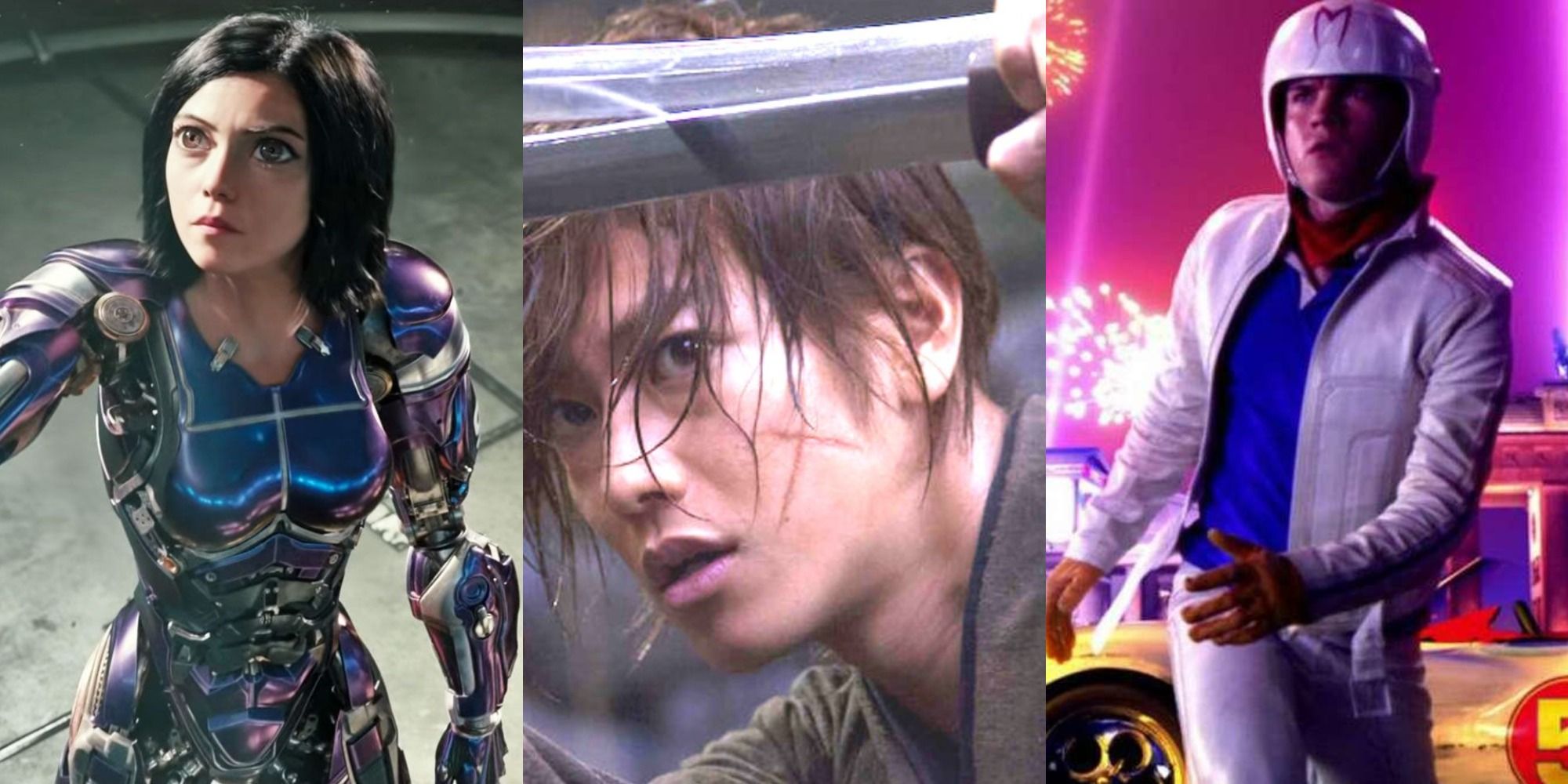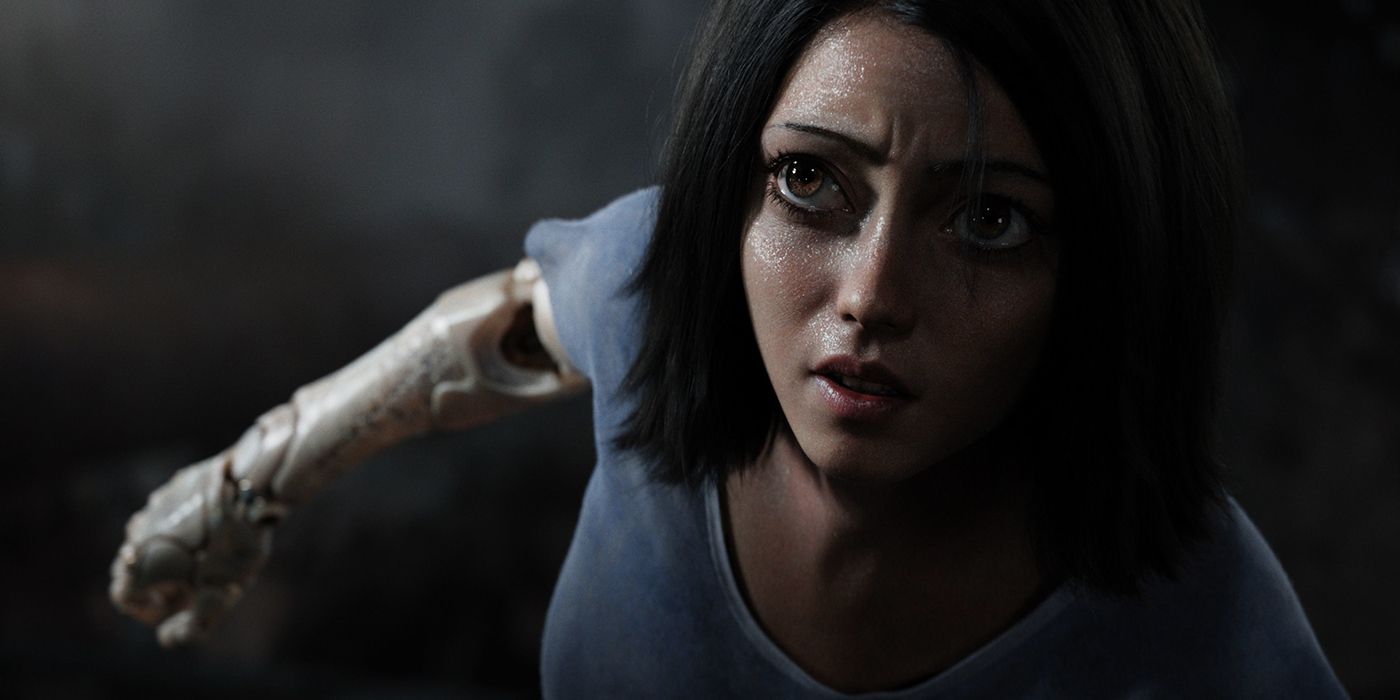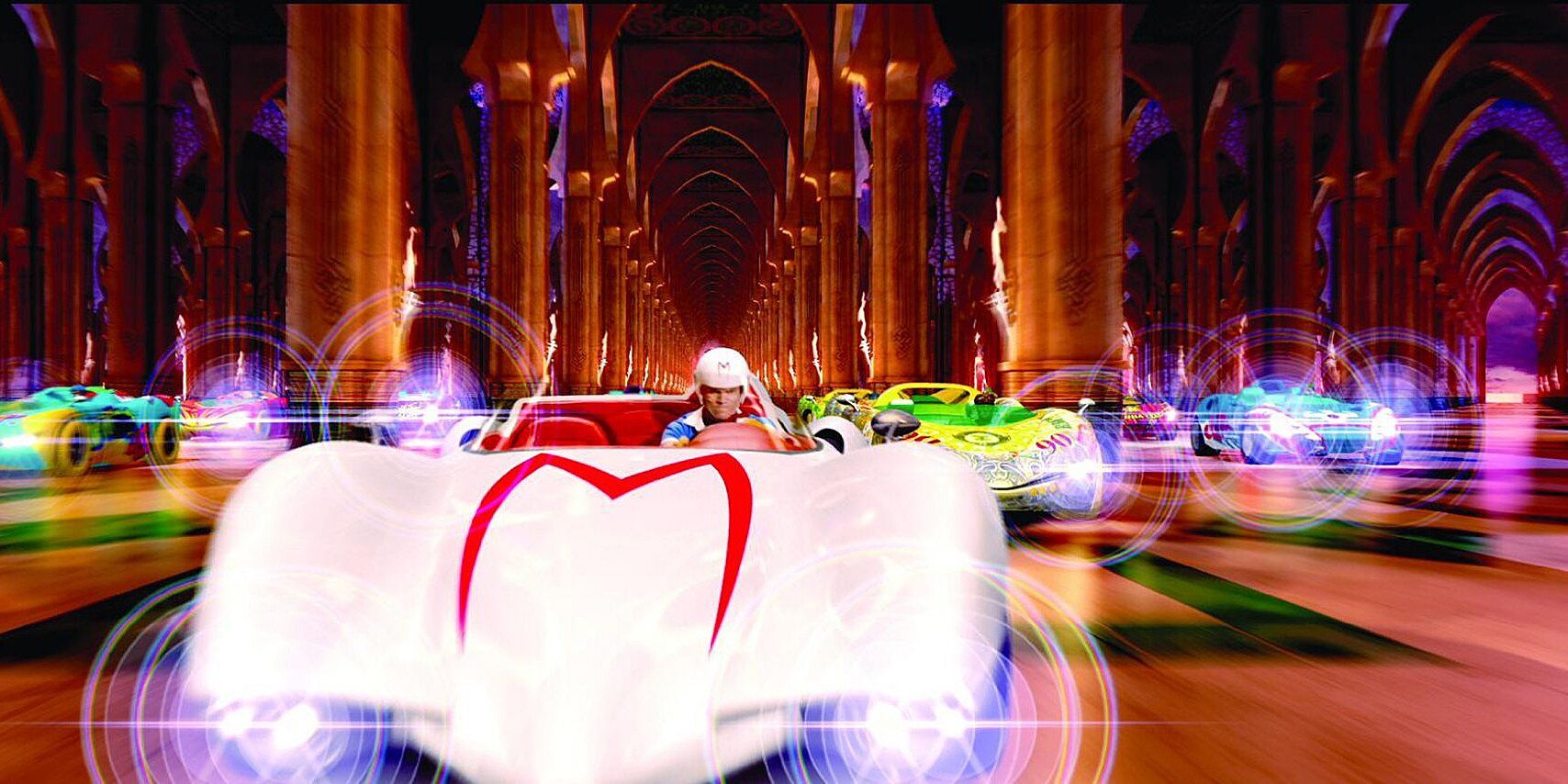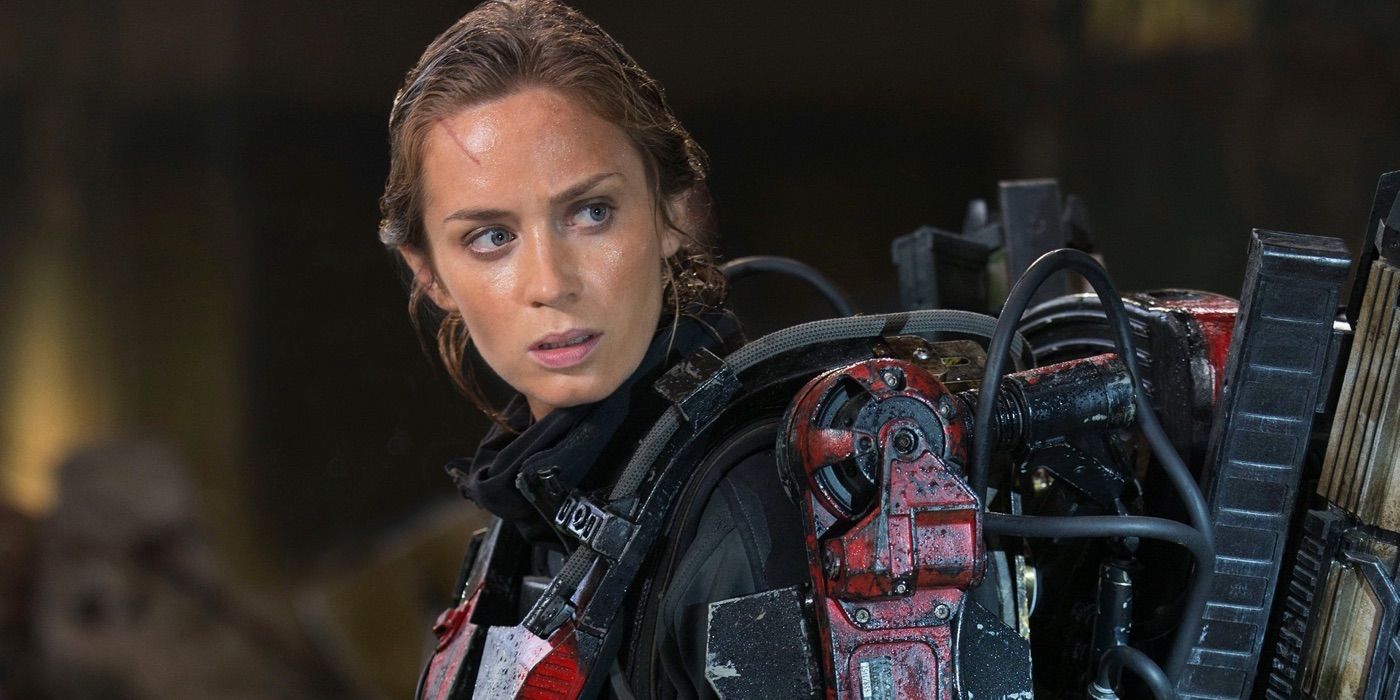If there is one thing that is almost universally agreed on when it comes to anime, it's that live-action adaptations are (almost) always bad. The critical panning of Netflix's live-action Cowboy Bebop last year only serves to support this claim. It doesn't only apply to American-made ones either, seeing as almost all Japanese live-action anime adaptations on Metacritic have a score lower than 7.
Anime tends to take full advantage of the medium by being over-the-top, and that kind of style simply doesn't translate well to live-action. Despite all that, there are actually a few hidden gems out there that actually succeeded in bringing their source material to the big screen in a way that works.
Alita: Battle Angel (2019)
Alita: Battle Angel, directed by Robert Rodriguez and produced by James Cameron, is an adaptation of the classic 1990's cyberpunk manga series Gunnm, better known as Battle Angel Alita, which tells the story of an amnesic cyborg who goes on a journey across a dystopian world to find out who she is. It is technically not an anime movie, since Gunnm doesn't have an anime adaptation besides a 30-minute OVA from 1993, but this is just a technicality.
Alita: Battle Angel is more an OVA adaptation rather than a direct adaptation of the manga. This isn't in its favor, as the OVA was poorly received for making too many changes to the story. The movie reproduced this by changing Makaku's name to Grewishka, killing off Vector, and including Chiren, who was an original character created for the OVA. Yet, what makes Alita stand out among other live-action anime adaptations is how faithful it is to its source material, as well as its well-choreographed fight scenes and stunning cinematography. We all saw the memes about Alita's uncanny eyes, but Rosa Salazar's masterful performance under the CGI more than makes up for that awkward design choice.
Speed Racer (2008)
Lana and Lilly Wachowski's adaptation of the classic 1960's manga Speed Racer (or Mach GoGoGo in Japan) is one of those movies that people grew to appreciate more as time passed. The film tells the story of a young automobile racer dedicated to proving himself in a scene riddled with corporate corruption. It was critically panned at its release for its awkward CG visuals, but while it is true that Speed Racer isn't the best movie the Wachowskis have made, there is still a lot to love about it.
While the movie's stylism can definitely be off-putting at first, the fact that the Wachowskis were willing to take risks by creating a unique visual style instead of going for gritty realism like most other blockbusters is something to be praised. The movie is also very faithful to its source material's themes of honor and loyalty, while also adding insightful social and political commentary on top of it, in true Wachowski fashion. If you trashed movie at first, maybe give it another try.
Edge of Tomorrow (2014)
Like Alita: Battle Angel, Edge of Tomorrow is technically not an anime movie, since the light novel it is adapted from, All You Need Is Kill, doesn't have an anime adaptation, but again this is just a technicality. Edge of Tomorrow tells the story of a soldier fighting off an alien invasion who finds himself trapped in a time loop after dying in combat. He then meets another soldier trapped in the same predicament, and the two must work together to escape the loop.
The movie stars Tom Cruise and Emily Blunt in the lead roles, and changes the setting to Western Europe to make it resemble historical battles, especially the invasion of Normandy. It also significantly changes the ending, to one which is admittedly less impactful and doesn't make much sense. Still, the rest of the movie is faithful to the source material, and a good example of the level of quality adaptations should strive for.
Death Note (2006)
You were probably ready to click off when seeing the name Death Note in here, but don't worry, we're not talking about Netflix's version. We're talking about the Japanese one from 2006. The story is divided into two movies, Death Note and Death Note: The Last Name, both released the same year. While the former's story is almost identical to the anime, the sequel deviates from them in its second half in order to conclude the story without having to go through the whole second half with Near and Mello, which would have resulted in needing one or even two more movies.
The pacing becomes a bit too quick at the end as a result, but the duology ends up being almost more satisfying than that of the original due to not featuring these two characters who were never very well received by fans. Both are overall good adaptations, managing the pacing and characters very well, which are usually some of the hardest aspects to keep consistent in movie adaptations due to the shorter overall runtime.
Rurouni Kenshin (2012)
Rurouni Kenshin is an adaptation of the classic 1990s manga series of the same name. It tells the story of a former warrior in the Meiji period of Japan, who wanders the countryside to help those in need in order to atone for the murders he committed. Four sequels have been released, the last one less than a year ago, and all have been well received.
The manga is considered a classic, mixing the wandering samurai character with romance and themes about peace and atonement. While the movies make changes to the story, they do a great job at capturing the charm of the original.





-11.jpg)
-5.jpg)